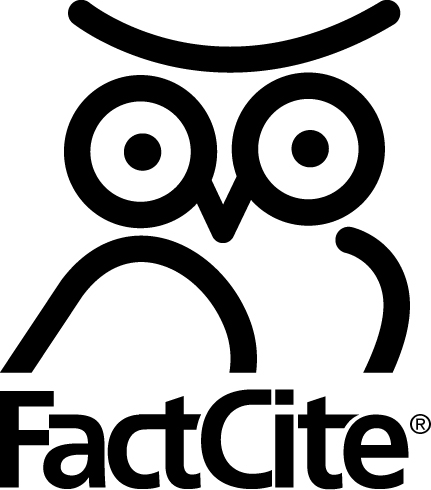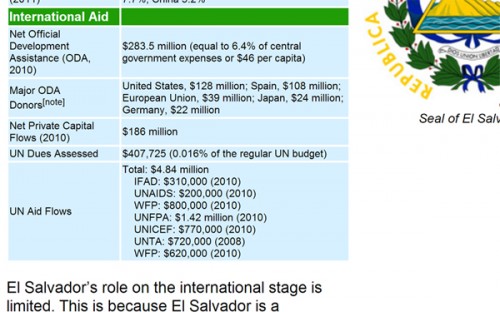
We also had the pleasure of discovering how much great information was openly available. And while we confess to a bit of aid from our academic collaborators to sort out the thorniest issues, we learned that most of this information is accessible to any researcher, if you can find it. Of the many lessons learned, we thought we’d share three of our insights with those closest and most passionate about Model UN.
1. Organization of information is as important as the information itself.
Ever taken a look at the World Bank’s list of economic indicators? There are 331 for each country, from fertilizer consumption (in kilogram per hectare of arable land) to teacher salaries (as a percentage of total education expenditure). The information is fascinating—but overwhelming. So when we started picking a handful of environmental, economic, and other indicators from a range of sources, we wanted to present those indicators in a meaningful way. Our result is best described in one word: context.
Context anchored our statistics to something that made sense. Jamaica’s per capita GDP is $9,100, but what did that tell us about the country? It didn’t sound that high—maybe the price of a used Honda Civic here in the States. Yet when we added a ranking compared to all other countries next to the per capita GDP figure, Jamaica placed 94th, slightly above average (officially “upper-middle-income”). Still, the U.S. per capita GDP is $49,800, more than five times that of Jamaica. Translated to a MUN conference, it meant that the Jamaican delegate might have a stronger negotiating stance for UN aid with the United States or Western Europe than it would in a committee with Niger and Zambia.
There was still another element to consider: Was that wealth divided equally? As we found out, no. The top 10% of Jamaicans own nearly 36% of the country’s wealth. In the United States, the top 10% own only 30%. Placing U.S. economic statistics alongside those of each country helped us make the statistics actionable, not just interesting.
2. Money matters.
Who are your country’s biggest trading partners? Answering this question is the starting point—and sometimes the endpoint—for many MUN researchers. But does it tell the whole story? China is the United States’ largest export partner, but that hasn’t led the two nations to walk in lockstep on major international issues, like the conflict in Syria. It does reveal a bond that discourages either side from brash or openly hostile behavior.
So what else matters? For the richest and poorest countries, the answer is international aid. Official development assistance is a prime way in which wealthy countries curry favor with poor ones, and the world’s poorest nations fund their governments.
If you’re representing El Salvador, who would you support in a Security Council resolution on Syria? Would it help to know that the U.S. provides about $128 million in official development assistance annually? Or that Spain gives $108 million? Okay, point taken, right? But what if that money is just a drop in the bucket for El Salvador? Could it be swayed by promises of development projects from China or Russia? Well, total development assistance in El Salvador amounts to 6.4% of the overall budget—no small sum. But El Salvador is no Burkina Faso, where 99.3% of central government expenses are funded by development assistance.
Half the fun was digging for these morsels of information. The other half was compiling them into a tidy table that made it realistic for a hurried MUN researcher to grab and digest. And if, in the case of Burkina Faso, you’re representing the World Bank, there’s a certain pleasure in dangling the carrot of your $200 million in aid to convince the Burkinabe government to improve its human rights record.
International aid information is a way for MUN participants assigned small countries or low-national-priority committees to move from the outside of the conversation inward, to make their choices and arguments both informed and relevant.
3. One click makes a difference.
When I was in high school, a TV advertisement for a personal injury lawyer ran often enough during all programming hours that I still remember the tag line: “One call, that’s all.” The premise, of course, was that it was quick and easy—especially if you were still in your hospital bed—to get straight through to the person that could get you “the money you deserve.”
Wondering where this is going? Web links. There are several great MUN research resources that compile links to high-quality research websites, like the World Bank, UNICEF, or U.S. State Department. However, not all website organization was created equal. Sometimes heading to worldbank.org, unicef.org, or state.gov is only marginal progress from the cascade of Google search results. This is where research goes to die.
As a result, we knew we had to make every web link we included a “One click, that’s all,” solution to online research. Every click we could save getting from a homepage to a country page was a click that could be used to dig deeper on that site, or take a look at another site altogether. It might be the difference between a delegate relying wholly on the CIA Factbook versus having time to surf official government pages that provide a nationalistic perspective.
Learning Never Stops
And as much fun as it has been for us to design a new portal, we’re still learning from the hundreds of delegates that have been testing our site. Little by little, we’re adding new editorial content based on what we hear back from them. Still, every addition—statistical or narrative—requires us to rethink whether it has enough context to be meaningful, enough scope to capture the whole story, and enough clarity to make research more efficient.
The same questions we ask ourselves are the ones that guide MUN researchers not only in writing thoughtful position papers, but in being able to stand in front of their peers and argue their position confidently, from the first gavel to the last.



